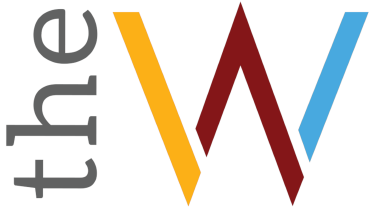A call for sign language to be introduced on campus
March 20, 2018
As campus continues to make changes to cater to the needs of students with disabilities, director of the disability support services, Debra Higginbotham is making an appeal for the inclusion of sign language in the course catalog.
“So many students don’t even know about the number of students who have disabilities you don’t see. And of course those are the students who will not necessarily be able to say, “Look at me, I have a disability.’ Sign language is a way in which these students express their feelings, how they learn and live their lives as normal as possible,” said Higginbotham.
Higginbotham said the introduction of a sign language course would improve learning for students with disabilities.
“I have advocated for that for years because think about it, you have students who may be deaf and they have a foreign language requirement which they’re not going to be able to hear and we don’t have translators for that. So the thing is, if you had a sign language class that would be fine. They can do that,” she said. “The other thing is for people with learning disabilities. Because they have enough problems with the written word and maybe auditory comprehension, when they get into sign, that’s a concept language, that’s much easier than using letters.”
While sign language is necessary, Higginbotham said she understands that the implementation on campus can be a costly venture.
“It is difficult setting up a course like that because you’re looking at getting people qualified enough to teach it, you’re also talking about [going] through the coordinating board. You have to come up with a code number, so a number of things have to be done. Sign language interpreters can make anywhere from $35 -$100 an hour, that’s intensive when you have several students needing to be served,” she said.
Higginbotham said, awareness also needs to be achieved at a faculty level.
“We have some instructors that when a sign language interpreter goes in, they have a lot of questions about what the interpreter’s doing and why is this like that and then the interpreter’s like, “don’t worry about it,” and that type of thing. They may say that’s not really a foreign language, but it actually is.”
According to the World Federation of the Deaf, there are 70 million people in the world who use sign language to communicate.
Higginbotham said classroom interaction with interpreters is good because, “once people start seeing this, it makes them more aware and they have great ideas and all that. It’s amazing how I get so many people saying, ‘Do we teach sign language here? I would love to learn sign language.'”
Students also share the sentiment that a sign language course should be provided on campus.
“I came here with the hopes of being able to sign up for a sign language course because it was always interesting to me. I was very disappointed when I found out it was not being offered here on campus and I know it’s offered elsewhere,” Rebecca Adams, management information systems freshman, said.
Whitney Jackson, biology sophomore, said many having a sign language course on campus would benefit many students.
“I think it would be good to have [professors] teach [sign language] on campus because so many people could use it: students interacting with clients or customers at their jobs, nursing students, students in special education,” Jackson said.
